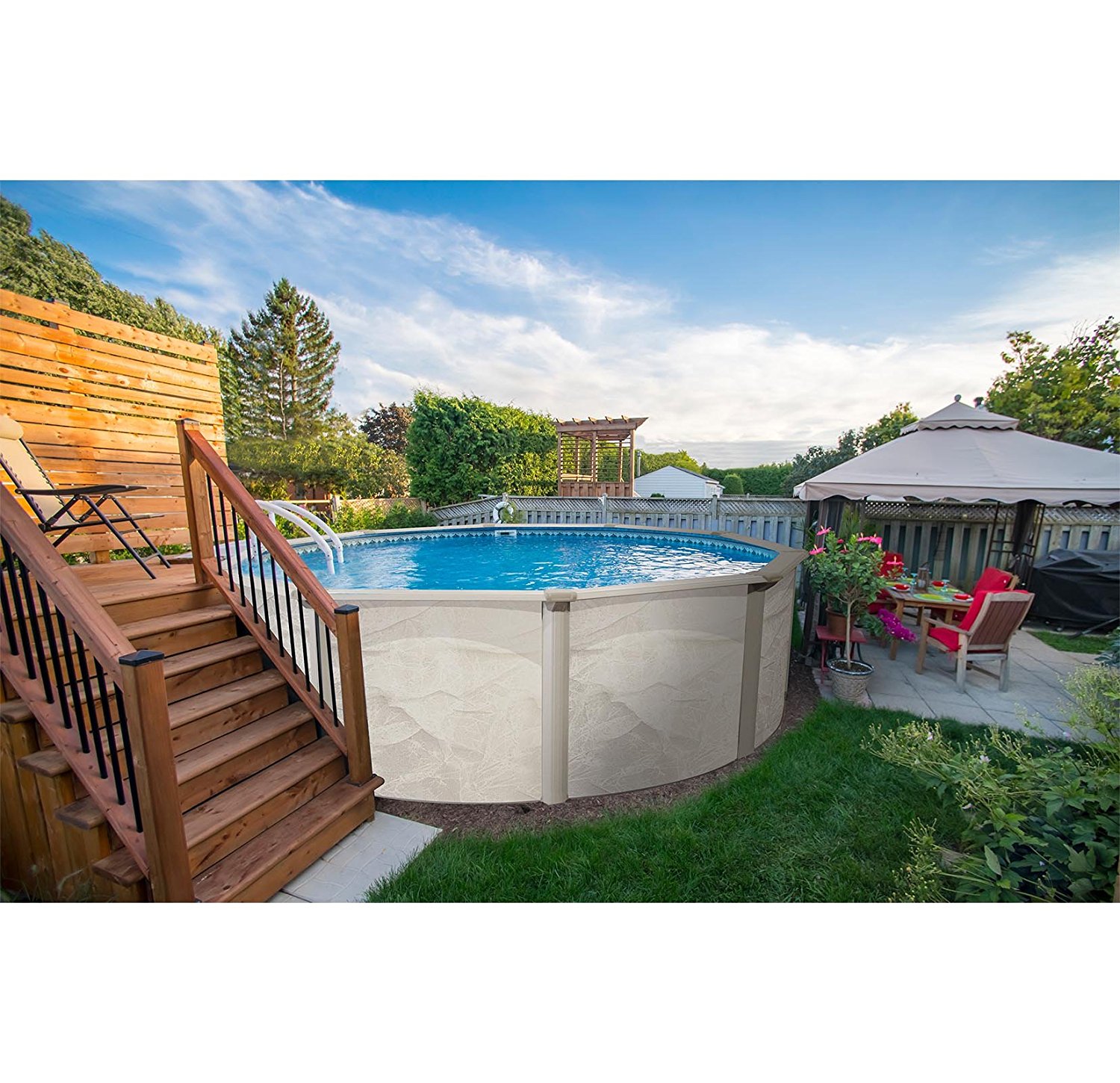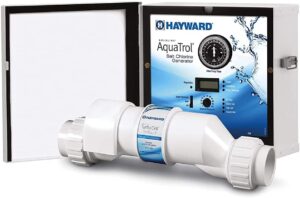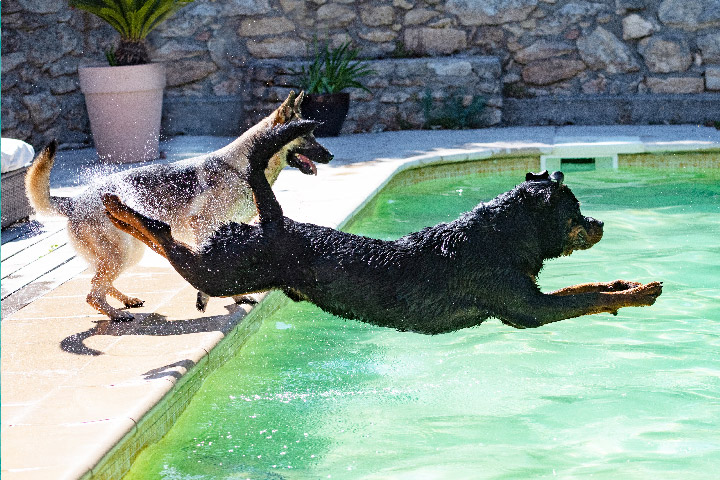
Chlorine Alternatives for Swimming Pools: Are They Really Worth It?
As swimming pool owners seek innovative solutions to maintain clean and clear water throughout the swimming season, the market is flooded with various chlorine alternatives. From saltwater generators to non-chlorine systems such as ozone generators and UV light systems, these options claim to provide a better experience. But are these alternatives really worth the investment, or do they end up causing more problems than they solve?
Saltwater Generators
Saltwater generators have gained popularity as a seemingly eco-friendly and low-maintenance alternative to traditional chlorine systems. While they do produce chlorine from salt, the levels are generally lower than in a traditional chlorine pool. However, they come with their own set of challenges.
One significant issue is the replacement cost of the salt cell. Over time, wear and tear can lead to salt cell malfunction, requiring replacement. Depending on the warranty, replacing a salt cell can be more expensive than the initial cost of the entire system. Additionally, if the system breaks down and needs replacement, you must resort to chlorine shock treatment to restore the water to optimal levels.
Ozone Generators and UV Light Systems
Ozone generators and UV light systems are non-chlorine alternatives that promise clean and clear pool water without relying on traditional chlorine sanitizers. However, these systems have their limitations.
When turned off or malfunctioning, ozone and UV generators do not leave any residual disinfectant in the water. This lack of residual protection can lead to more severe outbreaks of algae and other contaminants if the water is not carefully monitored. In some cases, these outbreaks can include mustard algae, black algae, and even harmful pink slime, all of which are resistant to many disinfectants.
Eliminating these contaminants can be a challenging and time-consuming process. It may require daily chlorine shocking for over a week to clear the outbreak, and even then, pink slime can reappear within weeks if it wasn’t entirely eradicated from areas such as ladders, corners, and filters.
Weighing the Costs and Benefits
When considering an alternative to a chlorine-based swimming pool, it’s essential to evaluate the potential consequences and costs associated with the alternative system. While these options may seem appealing, they can present their own set of challenges, often requiring the use of chlorine shock treatment to remedy issues that arise.
In some cases, the expense and effort needed to maintain and repair alternative systems can outweigh the perceived benefits. As a result, using traditional chlorine sanitizers may still prove to be a more cost-effective and reliable way to keep your swimming pool clean and clear throughout the swimming season.





